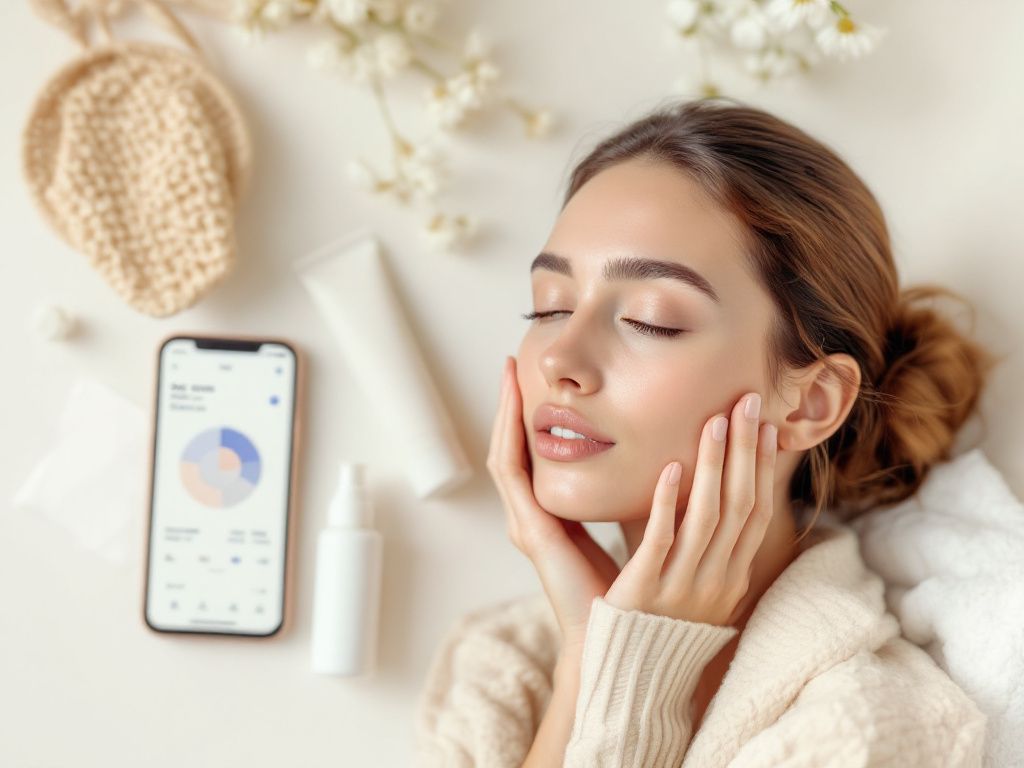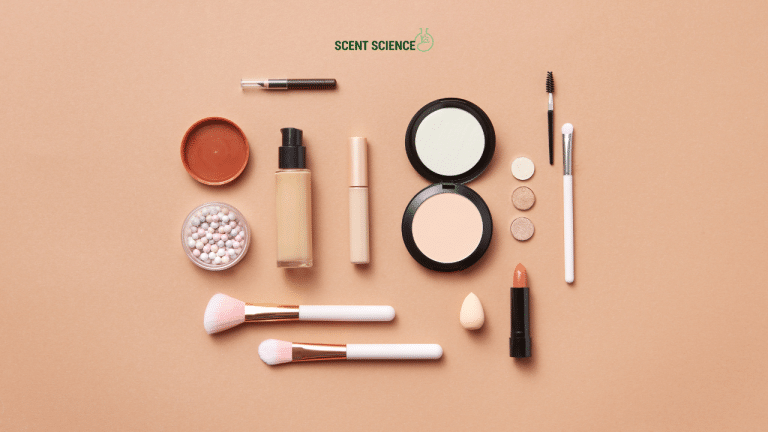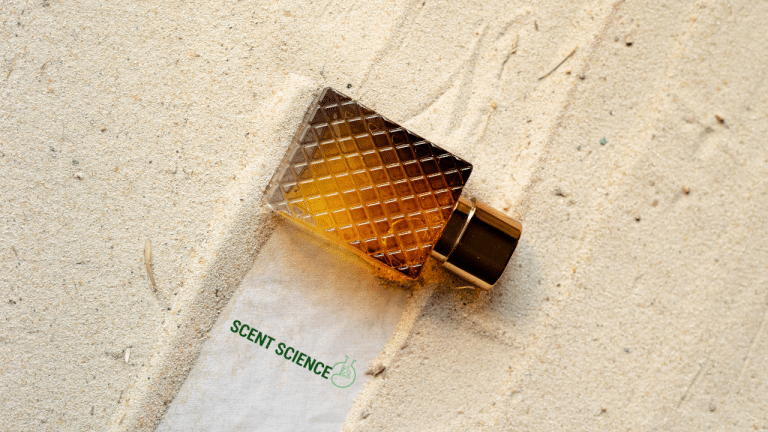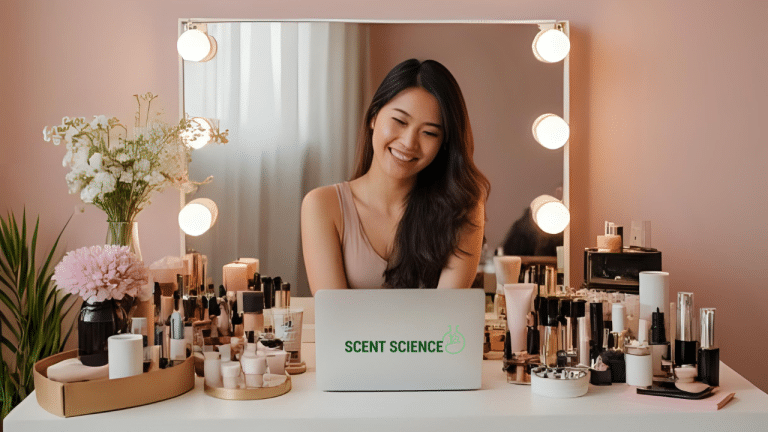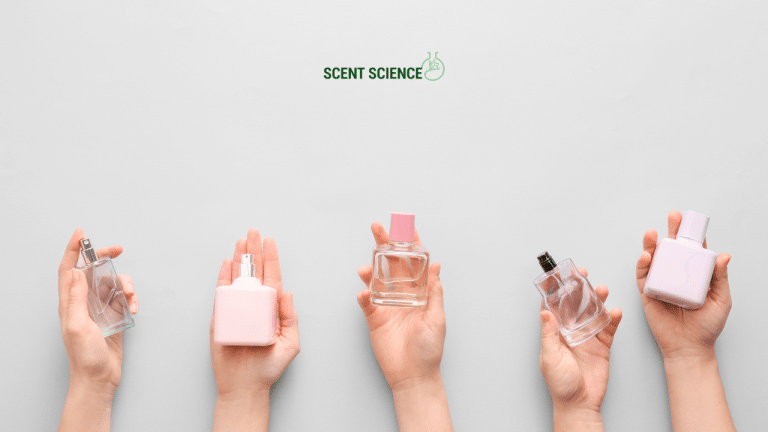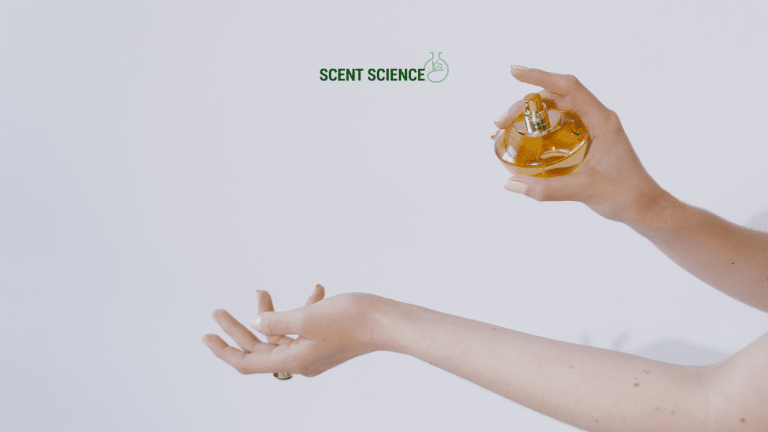You know how it goes. You wake up in the morning, hoping for that fresh, glowy skin but find redness or irritation instead. Sensitive skin can be a major hassle, and if you’ve tried countless creams and potions all in vain, you’re not alone. Sensitive skin tech solutions are stepping in to save the day. Gone are the endless bottles of trial and error; now, there’s actual technology getting in on the skincare game. Crazy, right? So let’s chat about what these tech-savvy solutions mean for you and how they might finally give your skin the TLC it needs.
Table of Contents
ToggleWhy Sensitive Skin Deserves Special Attention
Let’s face it, sensitive skin isn’t just high maintenance; it’s downright picky. Products everywhere promise miracle cures, but one wrong move and you’re dealing with itchy red patches that seem to have a mind of their own. Those promises are more like sweet nothings whispered by a player—it’s the tried and true that counts. Sensitive skin often reacts to ingredients or environmental factors more quickly than other types. Here’s your reality check: simple formulas and gentle solutions might work sometimes, but pairing them with cutting-edge technology might just play the game right. Cue sensitive skin tech solutions—the cheeky matchmaker your skin had been waiting for.
The Science Behind Sensitive Skin
Before diving in deep with tech, let’s pick apart what’s really happening beneath your pores. Sensitive skin generally means your skin barrier, which is its shield, isn’t intact. This leaves moisture escaping and irritants getting in too easily. Your skin flares up, like me when I don’t get coffee—it’s a mess. Environmental stressors, genetic factors, and even lifestyle choices contribute. Here’s a handy table laying out some common triggers to keep your eyes out for:
| Common Triggers | Description |
|---|---|
| Harsh weather | Cold winds, sun exposureo |
| Fragrances | Synthetic or natural oils |
| Stress | Increases cortisol |
| Diet | Spicy, acidic foods |
Tech Meets Skin: The Innovators Walk-In

Put away those skin care myths, because sensitive skin tech solutions bring some mind-blowing fixes. At first, the idea of technology and beauty intersecting seemed like something out of a sci-fi movie, right? But brands today are making it reality. So, let’s unravel some of the standout technologies marching into the beauty aisle for sensitive skin.
Smart Devices: Personalized Skincare Guru
Ah, smart devices. Our modern-day fairy godmother. Gadgets like skin analyzers are now equipped with optical sensors to assess skin conditions. These little tech-buddies analyze your moisture level and let you tailor your products appropriately. It’s like having a personal dermatologist right on your shelf.
Skin-Friendly Fabrics: Beyond Thread Counts
Who thought fabrics would join the sensitive skin revolution? With tech advancing at warp speed, there are now fabrics embedded with skincare benefits. We’re talking about pillowcases designed to minimize irritation—trust me, this is the fabric face lift you may not have considered. These babies often come infused with materials like copper or silver, known for their anti-inflammatory benefits. Sound different? That’s because it is.
AI-Powered Diagnostic Devices
Imagine tiny robots sizing up your skin—kind of feels like standing in front of a tiny judge. AI diagnostics identify sensitive zones by an intricate network of layered information and offer insight—and they’d shout if they could. They help label products that could work and those that would not so your skin isn’t a guinea pig in some elaborate experiment.
Blue Light Therapy: Blast from the Blemish
It’s more than just something that helps you see in the dark—blue light has become a staple in the skincare world. Used for acne treatment, these non-invasive tools have emerged as heroes for dispelling bacteria responsible for acne flair ups, reducing redness along the way.

The catch here? While these solutions seem mind-bogglingly detailed, keep in mind they don’t step in and change your skin overnight. They provide feedback and data; you’ve got to work in tandem with them.
Matching the Right Tech to Your Skin’s Story
Fancy gadgets on their own won’t whisk away pesky irritation. It’s about merging traditional with tech—like a genius duo solving a mystery. Always baffled by why your skin’s flipping for a certain tech or product? Consider a proactive approach with tech-business integration via subscription boxes. Yes, those boxes weren’t just a marketing gimmick; they’re gates to trial diverse products without commitment. Brands let you share data to ship personalized goodies—no catch, although skeptics may wag a finger in caution.
The Serum Society
Custom serums spring up like popcorn, evolving by formulation to sync with your skin’s unique needs. Techy brands use close analyses to work behind the scenes crafting formulations aligning with data collected. Each bottle of serum becomes a story, fluid in dialogue with your nerves and triggers while calming your skin filiments.
Safe Haven in Minimal Ingredients
A smart move forward is also looking backward, utilizing lesser, purer ingredients. Apps and devices are popping up, educating us about hidden culprits, boiling down the essence of what goes on those cheeky patches of inflamed spots to shield instead of exposing. Consult them like you’d voice something to a health-conscious friend. Nimble on advice and sharp on facts.
Finding Your Balance: When Less Is More

The smart tech available to those dealing with sensitive skin means you don’t gloop, smear, or hope for luck anymore. It’s precise, deliberated, instructive. It clarifies foggy perceptions of what connects and what disconnects with you.
However, don’t let all this talk of tablets, devices, fabrics, and diagnostics trick you into thinking that more tech equals superior results. Test and find that comfy spot where tech supports your dedicated efforts with graceful closure—sort of like finding that sweet position where a couch hugs your tired back perfectly.
Your misconception moratorium starts when you let tech solutions communicate with honesty, especially when integrating them smartly. Balance trumps just cramming interference. Trust in a measured approach keeps stress at bay when temptation lingers to try every single claim a product makes. Heap gentle heaps and be present—after all, aren’t we always seeking an entire narrative where skin hues harmony?
Fluent Adaptation: Letting Tech Seamlessly Fit
Sensitive skin tech solutions aren’t just fancy terms on a label when we look closely; they’re actual conversations your skin’s itching to start with. It’s empathetic guidance—a keyword, thriving and cushioned in knowledge—but watch as it nuances its approach too. Let it weave into your facial diva demands without dramatizing.
Talk about ‘when’ and allow it—and if not now, maybe just observe or trust; a spontaneous connoisseur invites inclusion without fail.
Reflect here a moment: leftover parts of old forgotten routines shimmer beneath tech-intricacies. An insightful hold that propels-you to design your narrative, ever-curated like piecing together an unexpected jigsaw with jagged-wrappered brilliance. So get excited about what’s out there—your sensitive skin’s story duels and dances with resilient claims!
Approach this quest with curiosity coupled with diligent methods, and let sensitive skin tech solutions help you write your beautifully bespoke skincare chapter that’s your own.
Frequently Asked Questions
What are the benefits of using a hair mask in my hair care routine?
Using a hair mask can provide several benefits, including hydration, smoothing, strengthening, curl definition, heat protection, and damage repair. Hair masks infuse the hair with moisture, help coat the hair shaft to seal split ends, reduce breakage, and protect the hair from heat styling and environmental damage[1][4].
What ingredients should I look for in a hair mask?
Effective hair masks often include ingredients such as coconut oil, argan oil, shea butter, honey, avocado oil, green tea, and coconut water. These ingredients provide nourishment, moisturize, and protect the hair, offering benefits like softening, moisturizing, and protecting against damage[2][5].
How often should I use a hair mask in my routine?
You should use a hair mask whenever your hair feels dry, unmanageable, or in need of intense hydration. This can vary depending on your hair type and needs, but generally, using a hair mask once or twice a week can help maintain healthy and moisturized hair[1][4].
How do I apply a hair mask for the best results?
To apply a hair mask effectively, shampoo your hair first, then apply the mask, focusing especially on the ends where hair tends to be the most damaged. Leave the mask on for anywhere from 10 minutes to overnight, depending on the type of mask and your hair’s needs[1][4].
References
